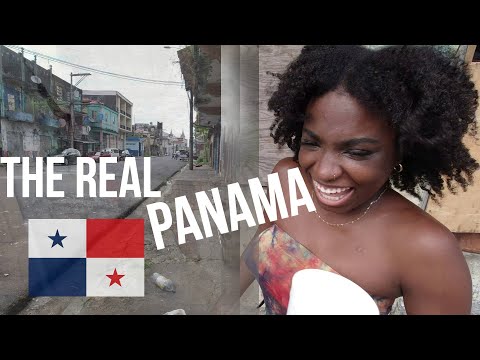
Nestled at the Caribbean entrance to one of the world’s most significant waterways, the Panama Canal, lies the city of Colón. Despite its crucial economic role and vibrant history, Colón has often been termed Latin America’s “Forbidden City” due to its high crime rates and social issues. This moniker points to a complex blend of economic disparity, rich culture, and untapped potential that defines the city.
#### Historical Significance
Founded in 1850 by Americans working on the Panama Railroad, which was essential for the gold rush to California, Colón rapidly developed into a bustling port city. Its unique geographic location made it an essential stopover point for international trade routes even before the completion of the Panama Canal in 1914. The canal’s construction brought further prosperity and a cosmopolitan flair to Colón as engineers and workers from around the globe passed through or settled in the area.
However, Colón’s prosperity has fluctuated dramatically over time. In its heyday, it was a picture of luxury with grand theaters, shops, and cafes – mostly catering to foreign businessmen and canal employees. Over time though, economic decline set in due to various factors including shifts in shipping practices and global trade routes.
#### Social Challenges
Today, Colón contrasts sharply with its opulent past. It faces significant socio-economic challenges including high unemployment rates and some of the highest crime rates in Latin America. These issues are exacerbated by inadequate housing and limited access to quality education and healthcare services for many residents.
The city’s infrastructure is visibly deteriorating; many historical buildings are crumbling or abandoned while modern development projects often stall or fail to meet community needs adequately. This decline has led many businesses to leave for safer areas causing a vacuum filled by informal economy or illegal activities which further exacerbates local poverty and crime cycles.
#### Cultural Vibrancy
Despite these challenges, Colón remains a melting pot of cultures reflecting Afro-Caribbean heritage alongside indigenous Panamanian influences; this cultural wealth is evident in its music, dance (such as Congos) cuisine (notably seafood), arts crafts traditions passed down through generations.
Every year during carnival season streets come alive with vibrant costumes music dances that showcase local folklore create temporary respite from day-to-day difficulties residents face.
Moreover youth groups community organizations are striving turn tide using art culture tools social change empower local populations particularly young people who are disproportionately affected by prevailing conditions.
These initiatives focus on providing platforms promote positive aspects life within community ultimately altering external perceptions their beloved city – they argue that despite hardships there still much beauty be found celebrated here.
In addition sports particularly baseball soccer provide outlets hope future stars like former MLB pitcher Mariano Rivera who hails from nearby fishing village Puerto Caimito have gone achieve international fame success bringing pride their hometowns along them.
Tourism Potential
There’s no denying however that tourism could play pivotal role revitalizing economy if security infrastructure improved appropriately marketed visitors could come experience unique blend history nature culture found nowhere else region such as nearby pristine beaches historical sites linked railroad canal eras well lush rainforests home diverse wildlife just short trip away from urban center.
Furthermore potential eco-tourism ventures focusing sustainable practices model similar successful efforts other parts world show promise not only generating income but also preserving natural habitats contributing overall wellbeing communities involved.
In conclusion Colon’s label “Latin America’s Forbidden City” highlights complexities facing this iconic destination While undeniable difficulties must addressed opportunity abounds those willing invest futures bettering lives everyone involved From grassroots cultural revival initiatives burgeoning tourism prospects there room optimism future once thriving port city Given right attention resources Colon could yet reclaim some former glory continue play vital role global tapestry interconnected economies cultures it always been part
